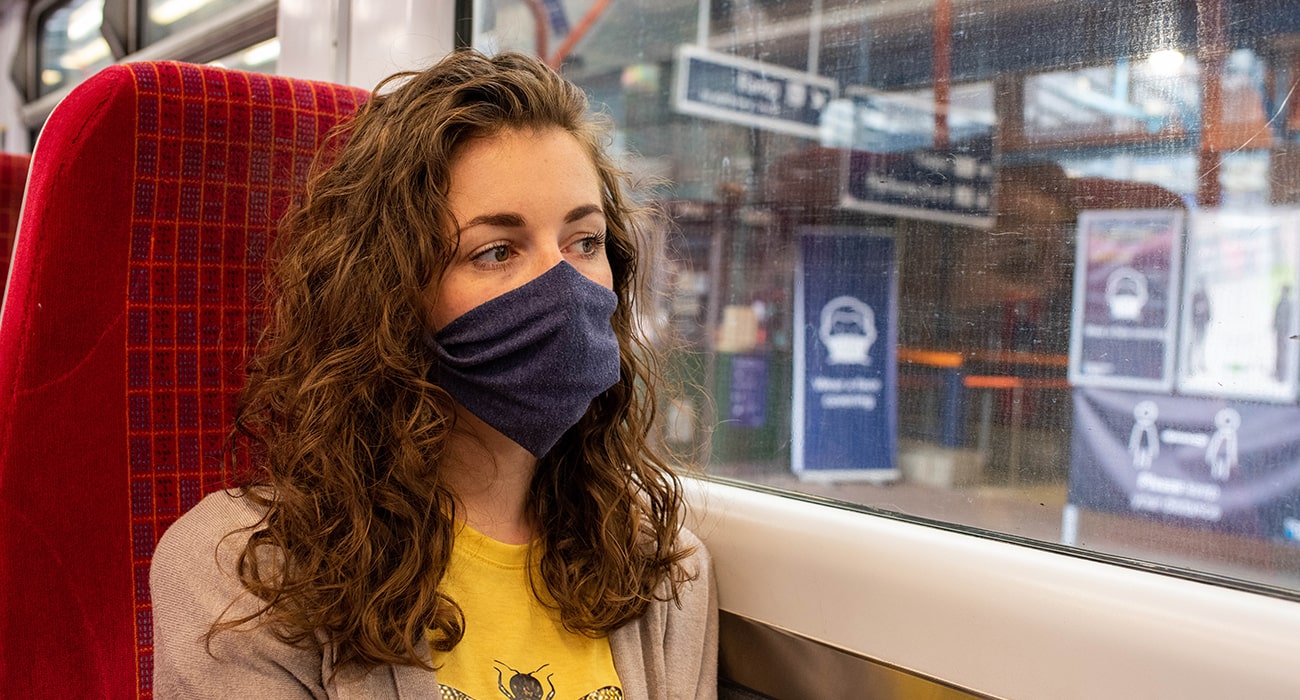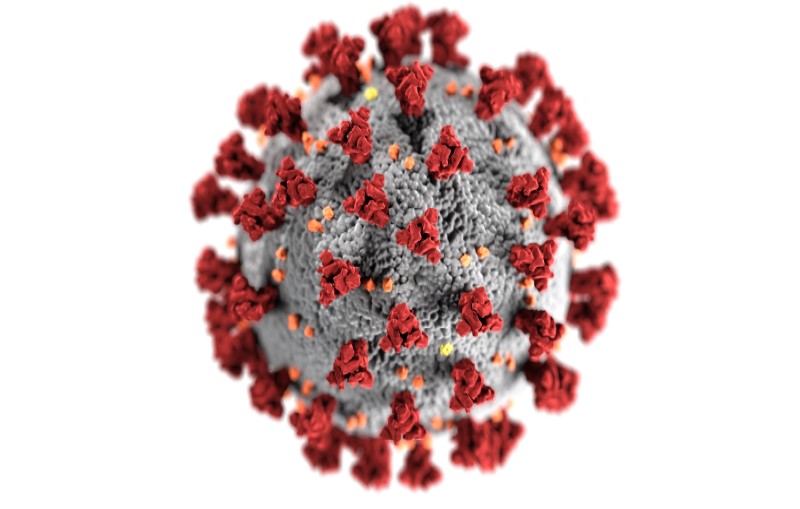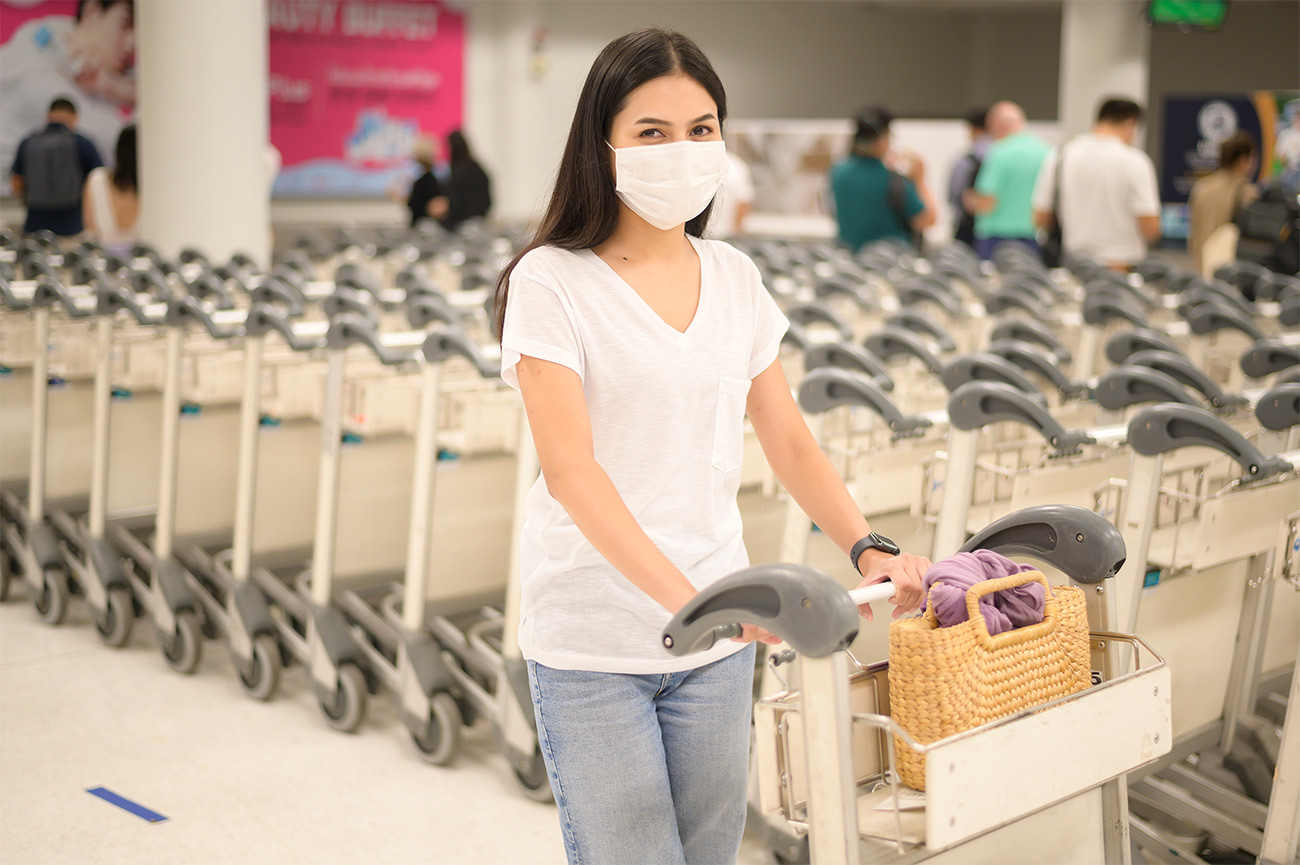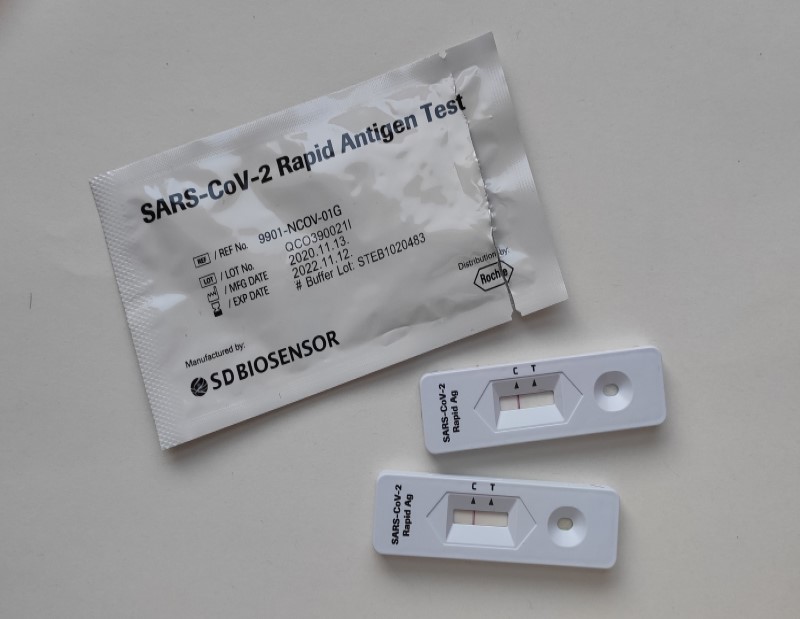In What Conditions Does COVID-19 Survive The Longest?


According to researchers, the virus that causes Covid-19 can survive for up to 28 days on surfaces like banknotes, phone screens, and stainless steel.
SARS-Cov-2 can persist for two to three days on bank notes and glass, and up to six days on plastic and stainless steel, according to previous laboratory testing, however results vary.
The virus, however, was found to be “extremely robust,” surviving for 28 days on smooth surfaces such as glass found on mobile phone screens and both plastic and paper banknotes when kept at 20C (68F), which is about room temperature, and in the dark, according to research from the Australian agency CSIRO.
The flu virus, on the other hand, may persist under the same conditions for 17 days.
The study also discovered that SARS-Cov-2 survives for a shorter period of time at higher temperatures than at lower temperatures; on some surfaces, it stopped being infectious after 24 hours at 40 degrees Celsius.
It also stayed on smooth, non-porous surfaces longer than porous materials like cotton, which was determined to be virus-free after 14 days.
How Long Does Coronavirus Last In The Body?
SARS-CoV-2, a new coronavirus, is the virus that causes COVID-19. Without treatment, most persons who acquire COVID-19 symptoms improve in 2–6 weeks. This, however, does not always reflect how long the virus will be active in the body.
COVID-19 has a long incubation period, which means it can take days for symptoms to appear. A person with SARS-CoV-2 can spread the virus 48 hours before displaying symptoms.
Many people only have minor symptoms, while others have none at all. This can make determining who has the virus difficult.
The length of time the virus stays in the body is determined by the person and the severity of the illness. People who test positive for COVID-19 should isolate themselves for the following amount of time, according to the Centres for Disease Control and Prevention (CDC):
Severity Transmission period
No symptoms 10 days after a positive test
Mild or moderate illness 10 days after symptoms appear, and after 24 hours with no fever (without using medications)
Severe illness Up to 20 days after symptoms appear
The virus, however, may stay in the body at low levels for up to 3 months after diagnosis PCR test London. This could result in some people receiving a second positive test result after they have recovered, though this does not necessarily mean the virus is still contagious.
There is no evidence that a person with mild or moderate symptoms can transmit SARS-CoV-2 for more than 10 days after the initial positive test result as of October 2020.
How Long Do The Signs And Symptoms Last?
During the early stages of the COVID-19 epidemic, health organisations suggested that most people’s symptoms would only last a few days. People have stated that their symptoms have lasted significantly longer since then.
According to CDC research published in July 2020, 35% of persons with mild cases of COVID-19 did not return to their normal health 14–21 days after testing positive. One in five people aged 18–34 who had no chronic medical issues had not restored to their previous state of health.
This shows that COVID-19 symptoms may remain longer for some persons than previously thought, even in moderate cases. In comparison, almost 90% of persons who contract influenza, also known as the flu, recover within two weeks of receiving a positive test result.
People who require hospitalisation or who have “long COVID” may endure symptoms that linger longer. Long COVID syndrome, also known as post-COVID syndrome, is a set of symptoms that some people continue to have.
Summary
The new coronavirus, also known as SARS-CoV-2, remains active in the body for at least 10 days after symptoms appear. It can persist up to 20 days in persons who are sick. Low quantities of the virus can be detected in the body for up to three months in certain people, but by that time, they are no longer contagious.
There is currently no proof that the virus can survive in food, but preliminary information suggests that it can survive on copper for several hours, cardboard for 24 hours, and plastic and steel for up to 72 hours. This does not necessary imply that the virus found on these materials can cause infection.
Scientists are still trying to figure out how long SARS-CoV-2 may survive on surfaces and garments, as well as how it can spread via the air. Following the cleaning, handwashing, and masking procedures can help reduce the risk of transmission.









0 Comments